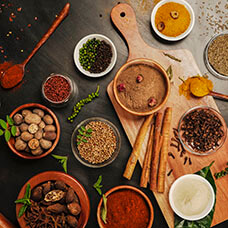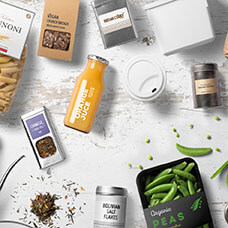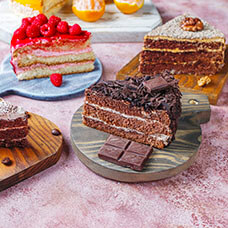
How to choose good tea according to standards?
Tea is a popular beverage enjoyed in many places, but determining what makes a tea truly good depends on subjective and objective factors. Aside from personal taste and preferences, high-quality tea is evaluated based on certain common standards. Let's explore these criteria in the following article.
Choosing good dry tea
There are various types of dry tea leaves, each with its own unique characteristics and standards for evaluation. However, in general, premium dry tea leaves are assessed based on the following criteria:
Assessing the external characteristics of tea
The shape of dried tea leaves: Each type of tea has different leaf shapes, requiring tea enthusiasts to have a certain level of understanding about each type. For example, Thai Nguyen green tea has tightly curled tea leaves in a hook-like shape, while oolong tea is rolled into round pellets, and sencha tea has a slender, elongated shape with soft, tender tea buds…
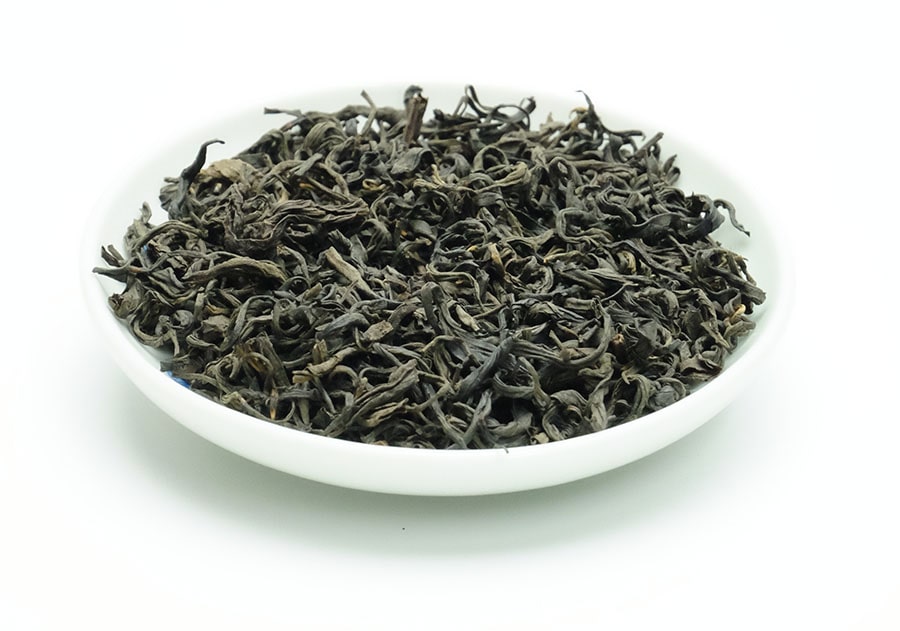
Color of dry tea leaves: Different tea types undergo varying processing methods, resulting in differences in leaf color. Black tea leaves appear dark brown, green tea leaves can range from slightly green to grayish-green, while oolong tea typically exhibits a deep green color.
Quality of tea leaves (buds, young leaves, or mature leaves): The quality of tea largely depends on the raw materials used in its production. For instance, premium teas often consist of young tea buds or young leaves with a few adjacent leaves, while lower-quality teas may be made from mature tea leaves.
Aroma of the tea: High-quality tea leaves retain a natural aroma even before brewing. When you hold a handful of dry tea leaves to your nose, you should perceive a clean and pleasant scent. This is an indicator of good tea.
Assessing the tea infusion's color
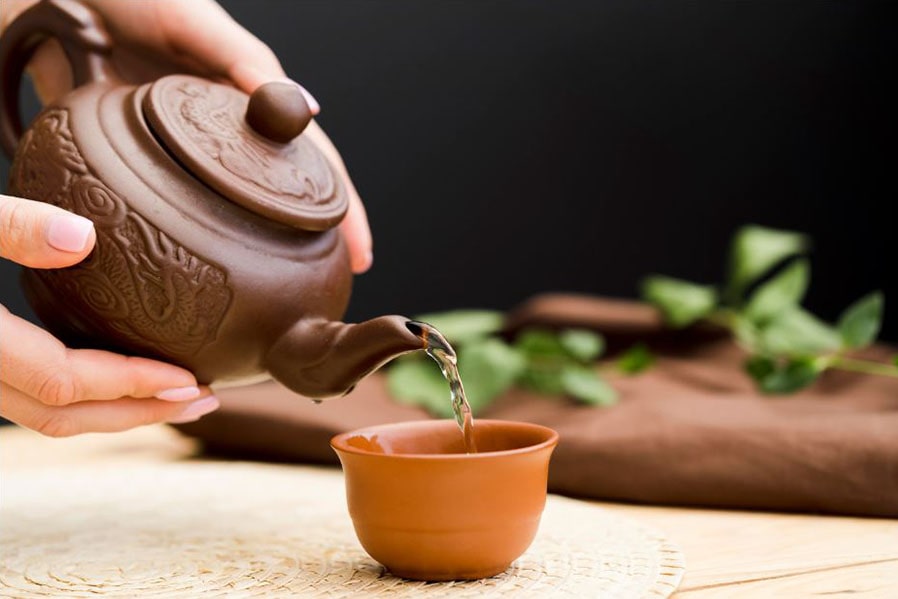
This is an important criterion for evaluating tea quality. If the freshly brewed tea has a clear, slightly green, or honey-like color, with uniformly unfurled tea leaves and a consistent hue after multiple infusions, it can be considered a good-quality tea. Conversely, if the tea appears cloudy, lacks a natural color, changes color when left to sit, or contains sediment, it may indicate impurities or low-quality tea.
Assessing the tea’s flavor
Each type of tea will have its own distinctive flavor and will suit the taste preferences of each tea enthusiast. Some people prefer strong and bitter tea, while others enjoy mild and sweet tea. To evaluate whether a type of tea is good or not, you need to consider how distinctive its flavor is and whether it maintains its delicious taste after a few brews. This is also a common criterion for evaluating the quality of tea nowadays.
Assessing the tea aroma after brewing
The aroma of tea after brewing will vary depending on the type of tea. It can be the natural fragrance of the tea leaves or added scents. Generally, high-quality tea will have a long-lasting, gentle, natural aroma without overpowering or artificial notes.
Assessing the appearance of tea leaves after brewing
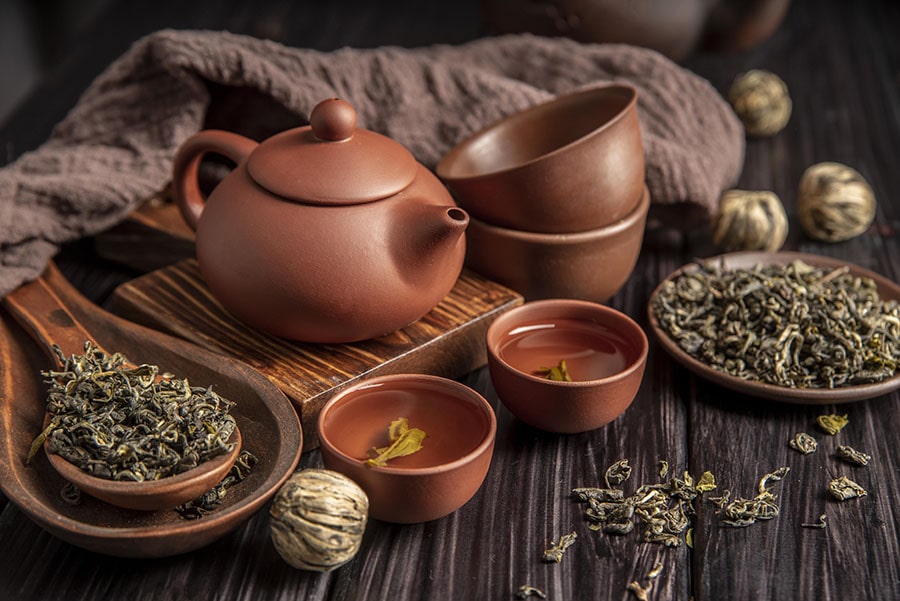
After brewing, dry tea leaves will expand to resemble the image of tea when harvested. If it is a high-quality tea, it will have a distinct tea appearance, such as buds, shoots, or leaves. On the other hand, low-quality tea lacks clear external characteristics, has inconsistent texture and color, and may contain many fragments, possibly impurities. Therefore, the appearance of tea after brewing serves as the basis for assessing tea quality and determining its premium taste.
Choose fresh tea leaves
Many people often opt for fresh green tea for their daily brew. However, green tea plants tend to grow relatively slowly and are susceptible to diseases, leading many growers to use pesticides and growth stimulants to achieve robust growth. These residual chemicals can pose health risks when consumed in large quantities. Therefore, consumers should seek out reputable suppliers and learn how to select high-quality fresh green tea leaves.
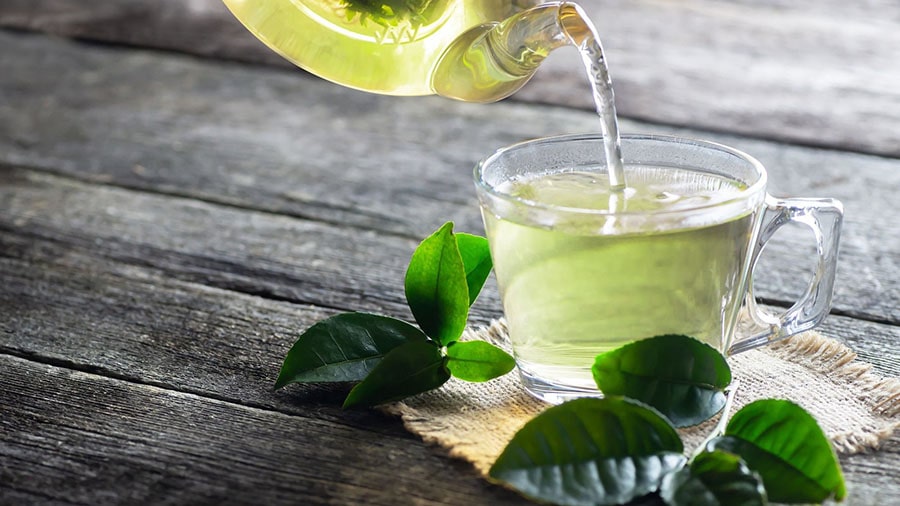
Look for tea leaves that are fresh and not overly glossy. Opt for small and uniformly sized leaves with a deep color, rather than large leaves with a pale hue. Avoid selecting leaves that are too mature, as they can contribute to a bitter taste when brewing.
With the information shared here, UniMall hopes that our readers have gained more useful insights on how to choose delicious tea for a fragrant and healthy tea experience. If you are looking for a distributor of diverse, high-quality tea at reasonable prices, please visit us at https://unimall.vn.
See more:
